
Samsung announced the Galaxy S9 and Galaxy S9+ on Sunday at the Mobile World Congress (MWC) event in Barcelona.
Whether you’re a Galaxy S8 owner or you’ve been keeping up with the S9 rumors, little about Samsung’s new smartphone is new. The Galaxy S9 retains the overall design of the Galaxy S8, but Samsung listened to criticisms about the placement of fingerprint sensor and adjusted its location, which should make it easier to unlock the phone with your fingerprint.
The biggest advancement in the Galaxy S9 is the camera. Samsung said the new camera could outperform its own Galaxy S8, which was one of the best smartphone cameras you could buy. With some improved camera tech, the Galaxy S9’s camera has the potential to take on the Google Pixel 2 as the best smartphone camera.
And for the first time in a Galaxy S phone, the cameras on both new models are not equal. Samsung gave the S9+ a dual-lens camera system while the regular S9 has a single lens system.
Here’s what you need to know:
There are two new Galaxy smartphones, the Galaxy S9 and the Galaxy S9+

Much like the Galaxy S8, the Galaxy S9 has a 5.8-inch quadHD AMOLED display with a tall 18:9 aspect ratio, which is now pretty standard among the top flagship smartphones.
The Galaxy S9+ has a 6.2-inch quadHD AMOLED display, also with a 18:9 aspect ratio.
The overall design of the Galaxy S9 hasn’t changed much since the Galaxy S8.
The Galaxy S9 will be hard to beat in low-light photography.
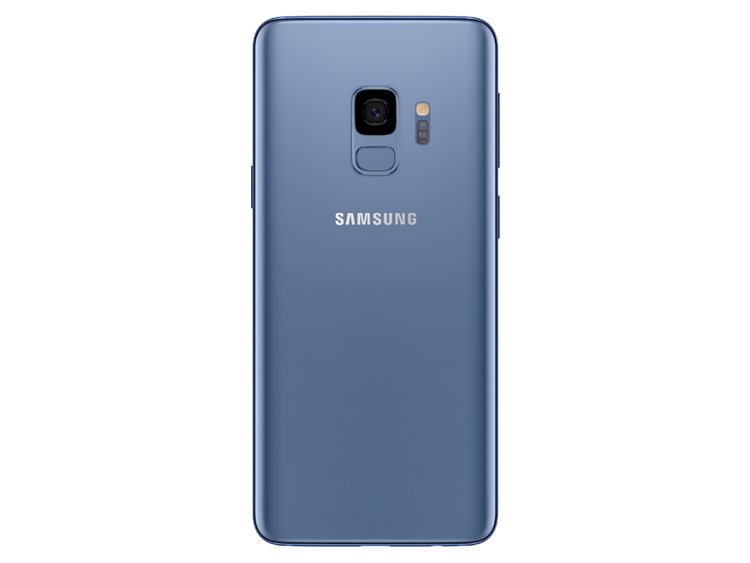
Samsung boasts that the Galaxy S9 will have a dual-aperture camera that will help with low-light camera performance. It’ll also perform better in well-lit settings. Both new devices have a wide f/1.5 aperture that allows more light to hit the sensor than smartphones with narrower apertures. We’re unaware of a smartphone with a wider aperture.
If the Galaxy S9 only had a wide f/1.5 aperture, it could potentially allow too much light for brighter settings, and photos could come out overly exposed and void of detail. As part of the dual-aperture system, the Galaxy S9 camera aperture can narrow down to f/2.4 for brighter settings.
You can adjust the aperture width in the Galaxy S9’s camera app in pro mode, too.
The Galaxy S9 has the potential to take even better photos than any previous Galaxy S smartphone.
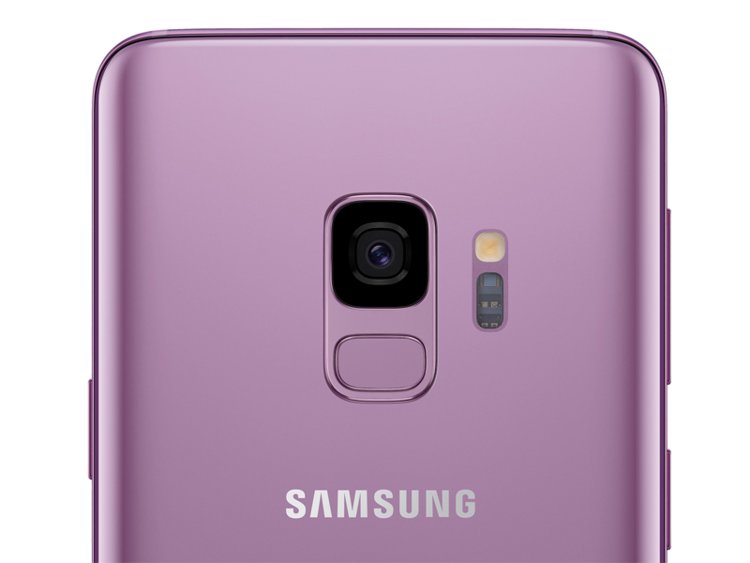
Samsung’s dual-pixel sensor introduced in the Galaxy S7 is one of the best in the business for taking fast, sharp, clear photos. Samsung built upon the existing dual-pixel sensor and gave the Galaxy S9’s camera its own memory, which could lead to even sharper and clearer photos.
With the existing dual-pixel system, previous Galaxy devices used the phone’s main memory to take take three photos in quick succession and combine them to make a crisp focused photo. With the Galaxy S9’s new dual-pixel sensor that comes with its own memory, it can take up to 12 photos in quick succession to combine into a single photo.
The Galaxy S9+ has a dual-lens camera system, which is a first for Samsung’s Galaxy S smartphones.

Only the Galaxy S9+ has a dual-lens system. The regular Galaxy S9 sticks with the single-lens system.
Much like the Galaxy Note 8, the Galaxy S9+’s second lens will be a telephoto lens that can zoom in farther than the primary lens. If it’s anything like the Galaxy Note 8’s telephoto lens, it’ll help you capture distant objects without losing quality or detail.
Both Galaxy S9 models can also record super slow-motion video at an insane 960 frames per second.
That means you can slow down your action shots to an incredible extent. But slow-motion at 960 frames per second only works with 720p HD resolution.
For 1080p resolution, Samsung has bumped up the slow-motion up to 240 frames per second to match the iPhone 8 and iPhone X’s slow-motion camera.
Samsung also introduced its new AR Emoji that can turn your face into an emoji.
Using the front or rear camera, the Galaxy S9 can map 100 different facial features and turn your face into an animated emoji. It can track your expressions, and you can record up to 18 different animations to use in your messages.
This seems to be Samsung’s answer to the Animoji feature on the iPhone X.
The fingerprint sensor is now underneath the camera, which should hopefully be an improvement over the Galaxy S8.
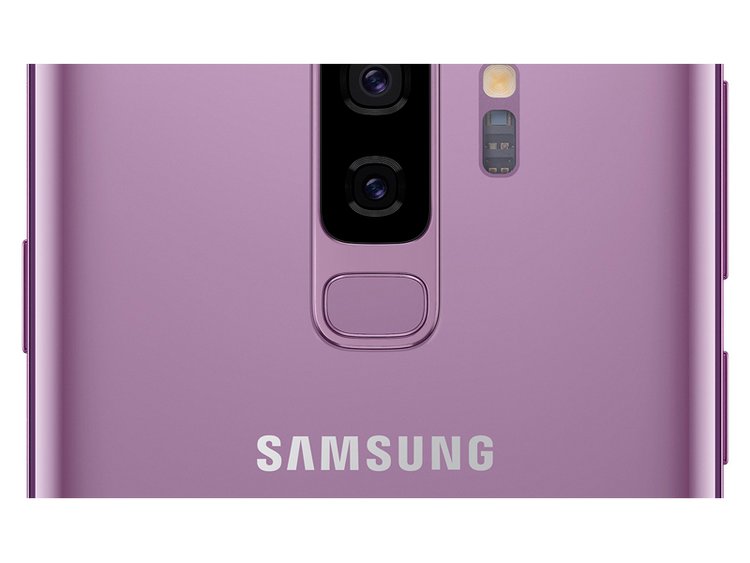
One of the least popular aspects of the Galaxy S8 was the fingerprint sensor that was next to the camera, which made it hard to reach and difficult to tell apart from the camera itself.
On the Galaxy S9, Samsung moved the fingerprint sensor beneath the camera, which should hopefully make it more natural to use.
It runs on the Snapdragon 845 chip from mobile chipmaker Qualcomm.
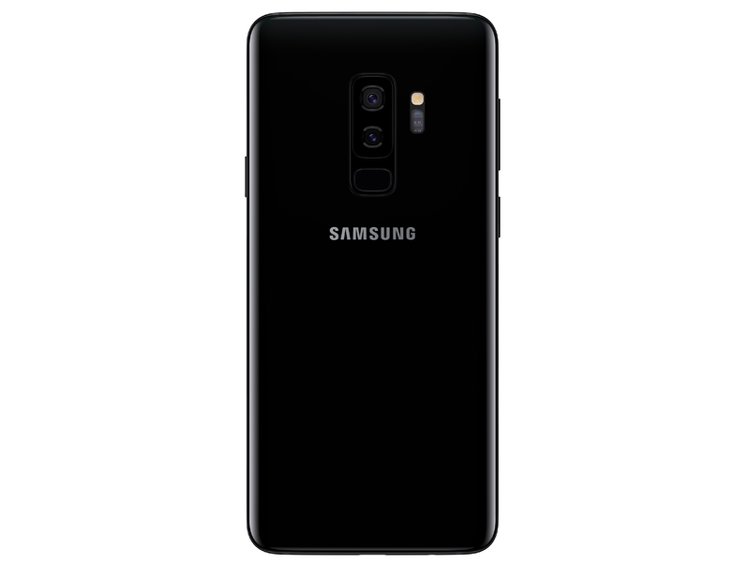
The new Snapdragon 845 chip from Qualcomm should bring snappy and seamless performance to the the Galaxy S9 phones.
Bixby is also getting new features.
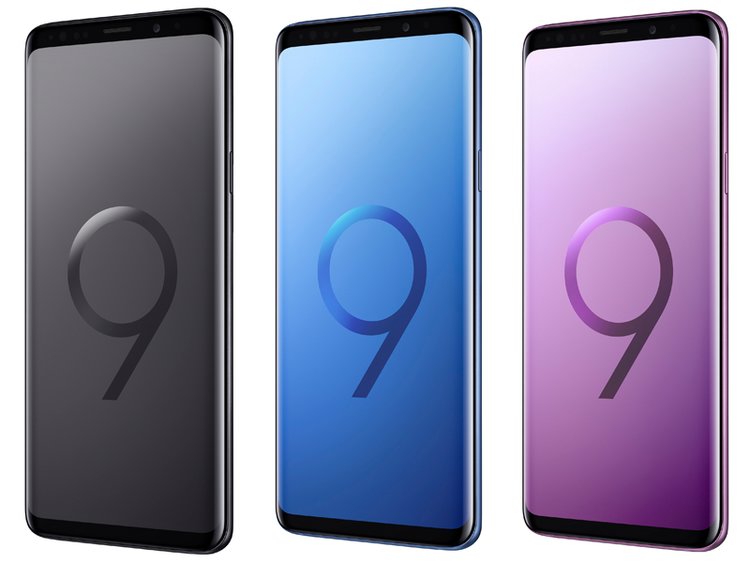
Samsung’s AI assistant Bixby will be able to translate text it sees from the Galaxy S9’s camera into the language of your choice with a feature called Bixby Vision. It’ll support up to 54 different languages at launch.
Bixby Vision will also recognize food through the Galaxy S9’s camera and tell you how many calories it contains. It’ll work with Samsung’s Health app so you can track your calorie intake.
Finally, anyone looking to preview how makeup will look before buying it will be able try it on their faces in AR with Bixby Vision. You’ll be able to apply different types of makeup like lipstick, eye shadow, and once you find the ones you like you’ll be able to buy it from the cosmetics company Sephora.
The phone will have stereo sound.
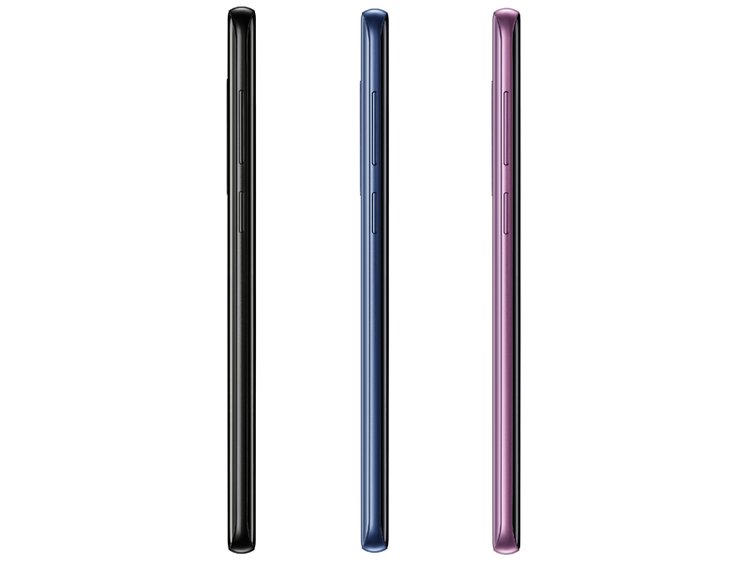 Samsung added an extra speaker in the Galaxy S9’s earpiece for stereo sound, and both speakers are tuned by audio company AKG. It should make for louder and clearer loudspeaker phone calls and audio from music and videos.
Samsung added an extra speaker in the Galaxy S9’s earpiece for stereo sound, and both speakers are tuned by audio company AKG. It should make for louder and clearer loudspeaker phone calls and audio from music and videos.
The Galaxy S9 will also come with wired AKG earphones that plug into a standard 3.5mm headphone jack. As more high-end smartphones follow Apple’s lead by eliminating the standard headphone jack, Samsung continues to keep the port. Samsung also added Dolby Atmos to the Galaxy S9 for any content that supports it for surround sound through any pair of headphones. Keep in mind that only some content — mostly movies — supports Dolby Atmos. Other content will have normal stereo sound.
When will it be available?
Preorders for the Galaxy S9 begin on March 2 starting for $720 for the regular Galaxy S9 model, and $840 for the Galaxy S9+.
Carriers including AT&T, Sprint, T-Mobile, U.S. Cellular, Verizon Wireless, and Xfinity mobile will begin selling Galaxy S9 and Galaxy S9+ in stores on March 16, and they’ll have their own pricing for Samsung’s new phones. It’ll also be available at Best Buy, Amazon, Costco, Sam’s Club, Target, and Walmart.


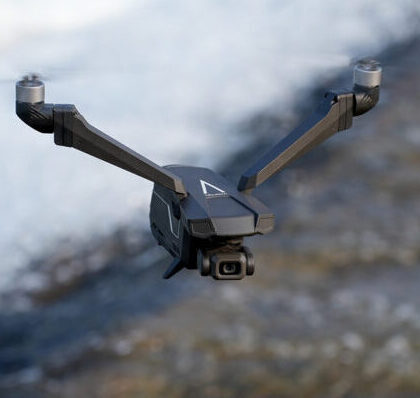
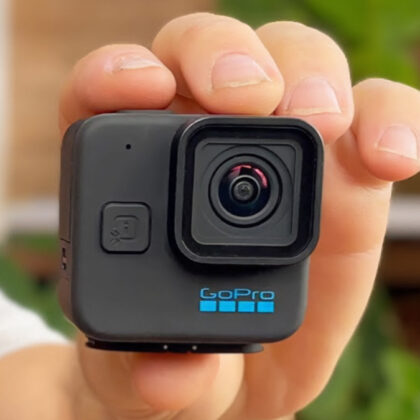
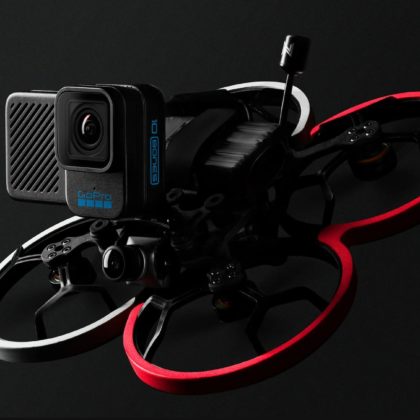


Comments
Sexy Cookie
I really enjoy how well you compare and review all these products! It’s very helpful 🙂
Comments are closed.